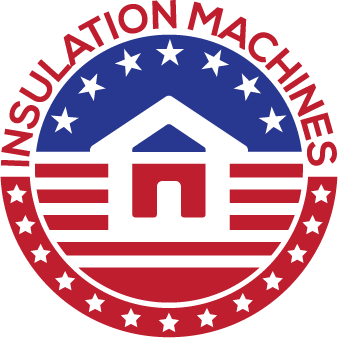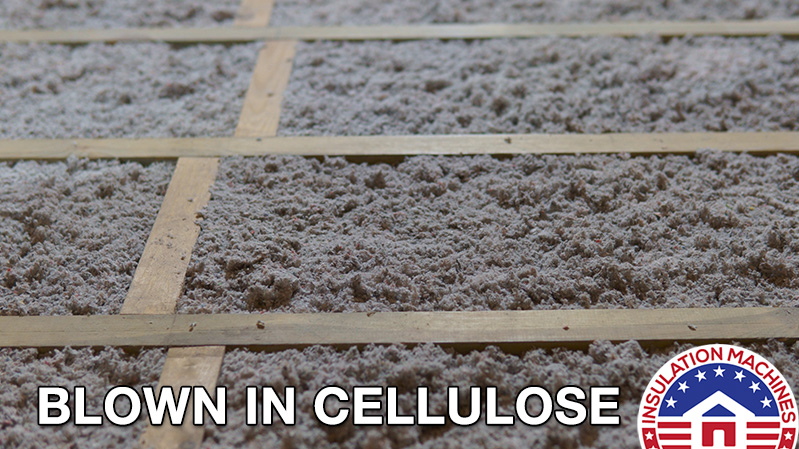Blown in Cellulose Insulation
Most attics before the 1960s were filled with various insulation materials including fiberglass and mineral wool. It wasn’t until the 1970s when cellulose started to be widely used as insulation in homes.
Blown-in cellulose insulation is largely made of recycled materials. Cellulose manufacturers started recycling drives, collecting used newspapers and magazines. As technology shifted to a more digital age, cardboard boxes started to dominate the recycling.
Blown in cellulose insulation provides excellent R-value ratings. It can be blown in attics or walls.
- Blown in cellulose does settle over time. Manufacturers specify in the coverage charts on their bags the blown in level as well as the settled thickness. The depth of cellulose should be checked annually to make sure that the cellulose has not settled too much. It can always be “topped off.”
- Blown in cellulose insulation is paper. Sometimes referred to as “wool,” cellulose is not wool. Sheep’s wool is a blown in product, but comes from sheep in Ireland and New Zealand, not paper.
- Blown in cellulose insulation is treated with a fire resistant chemical (ammonium phosphate) or boric acid.

